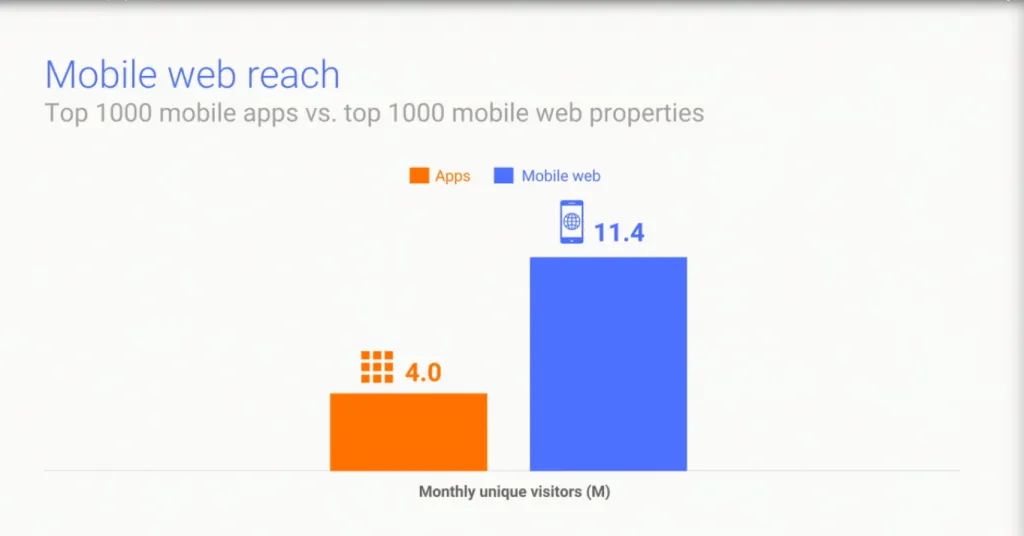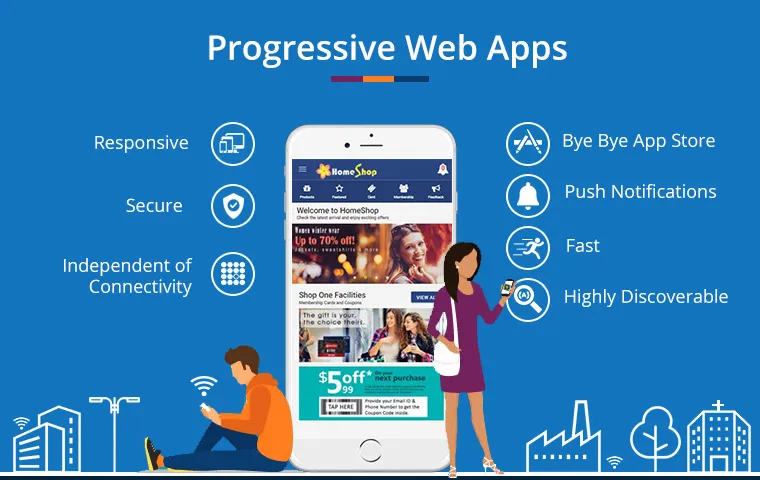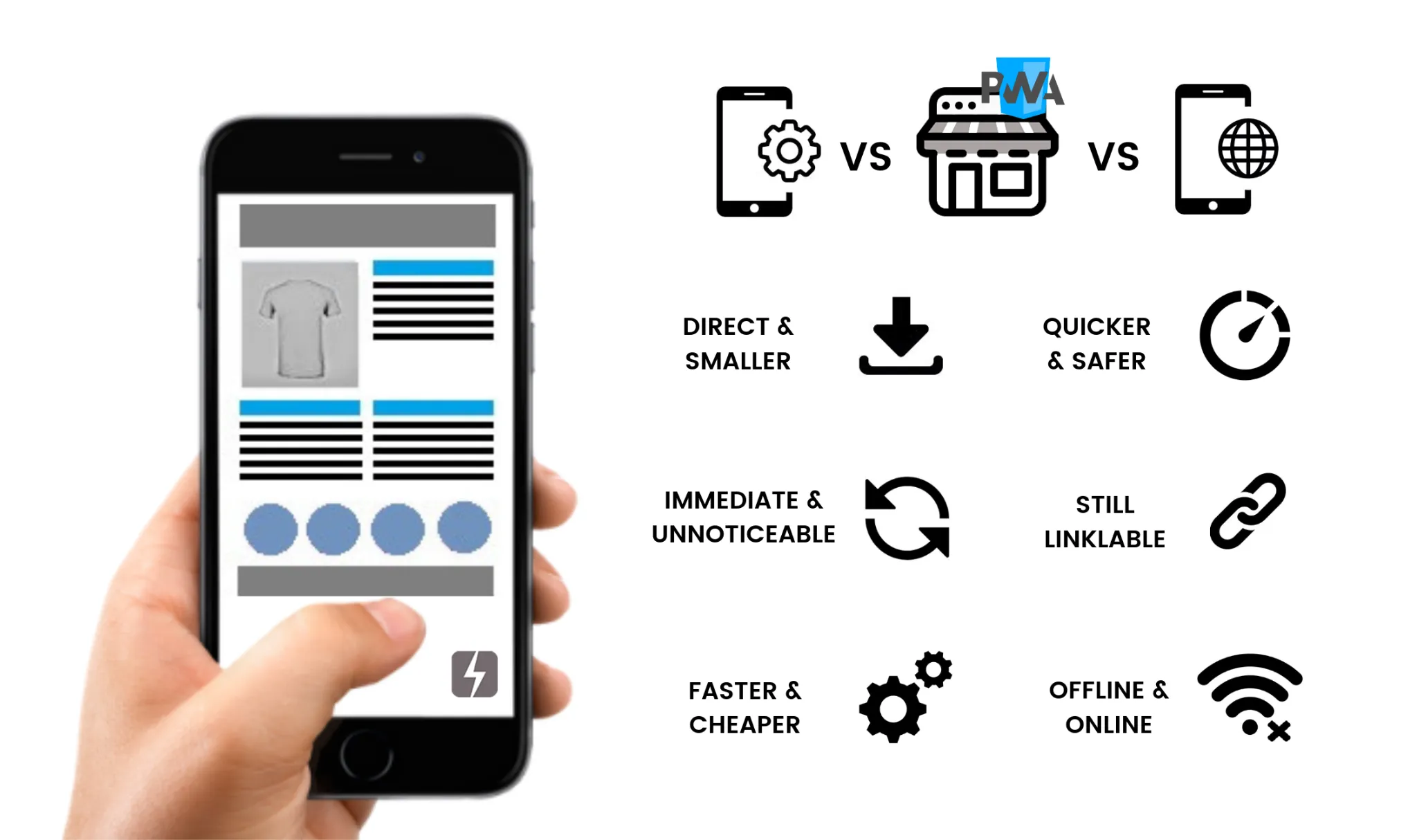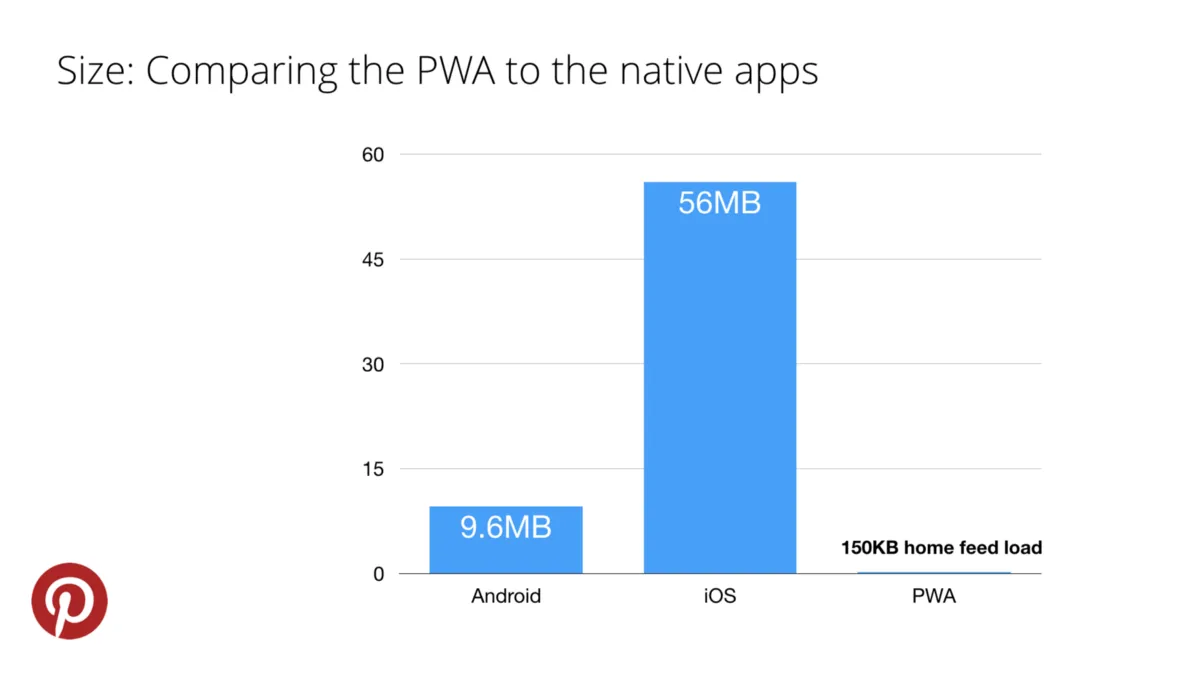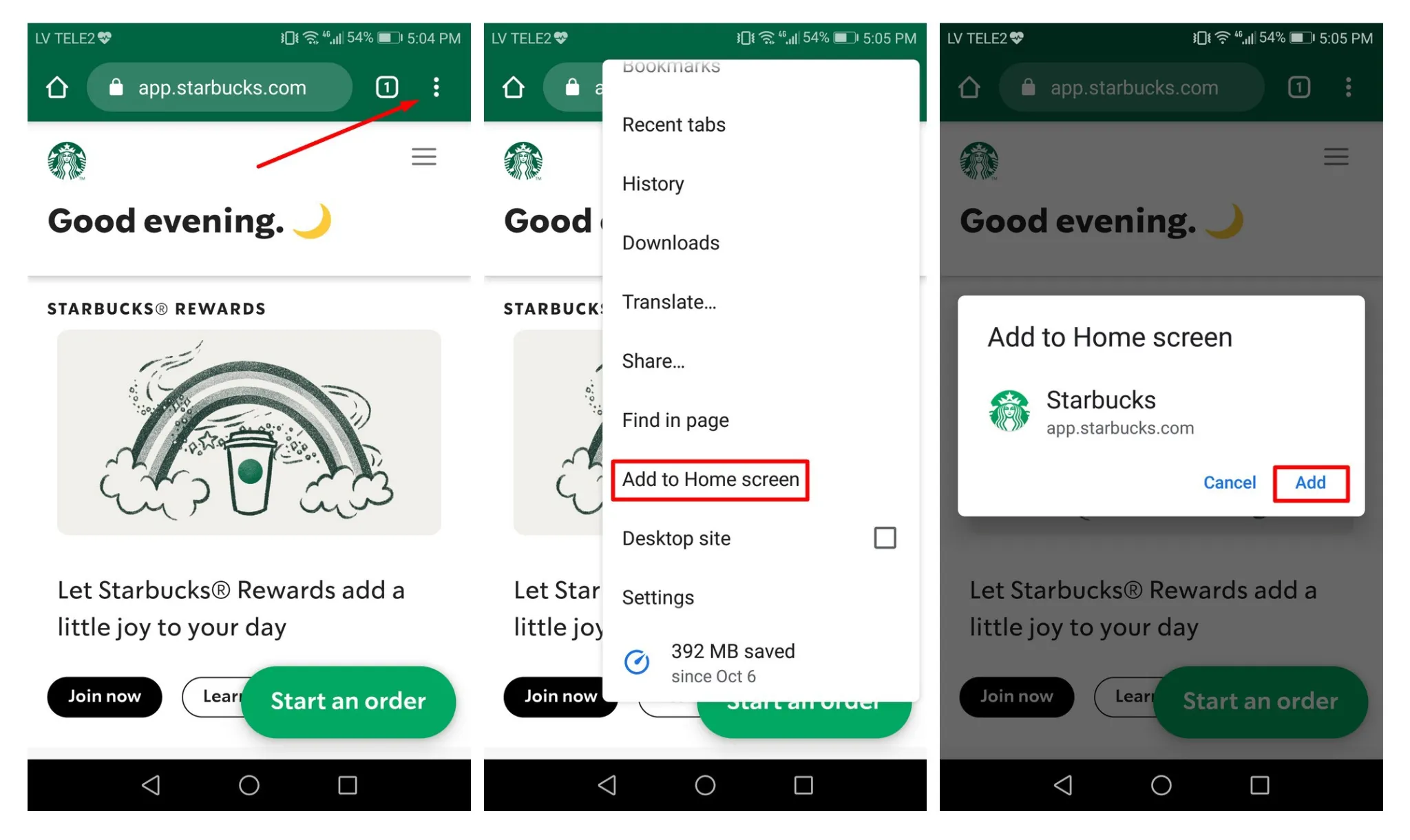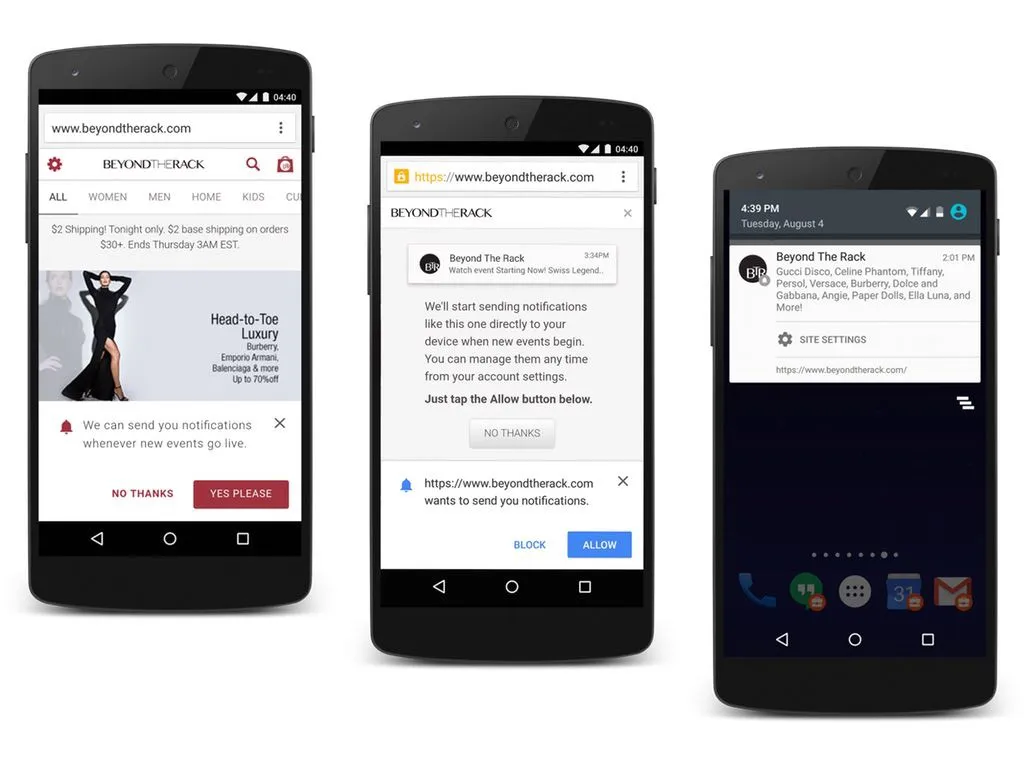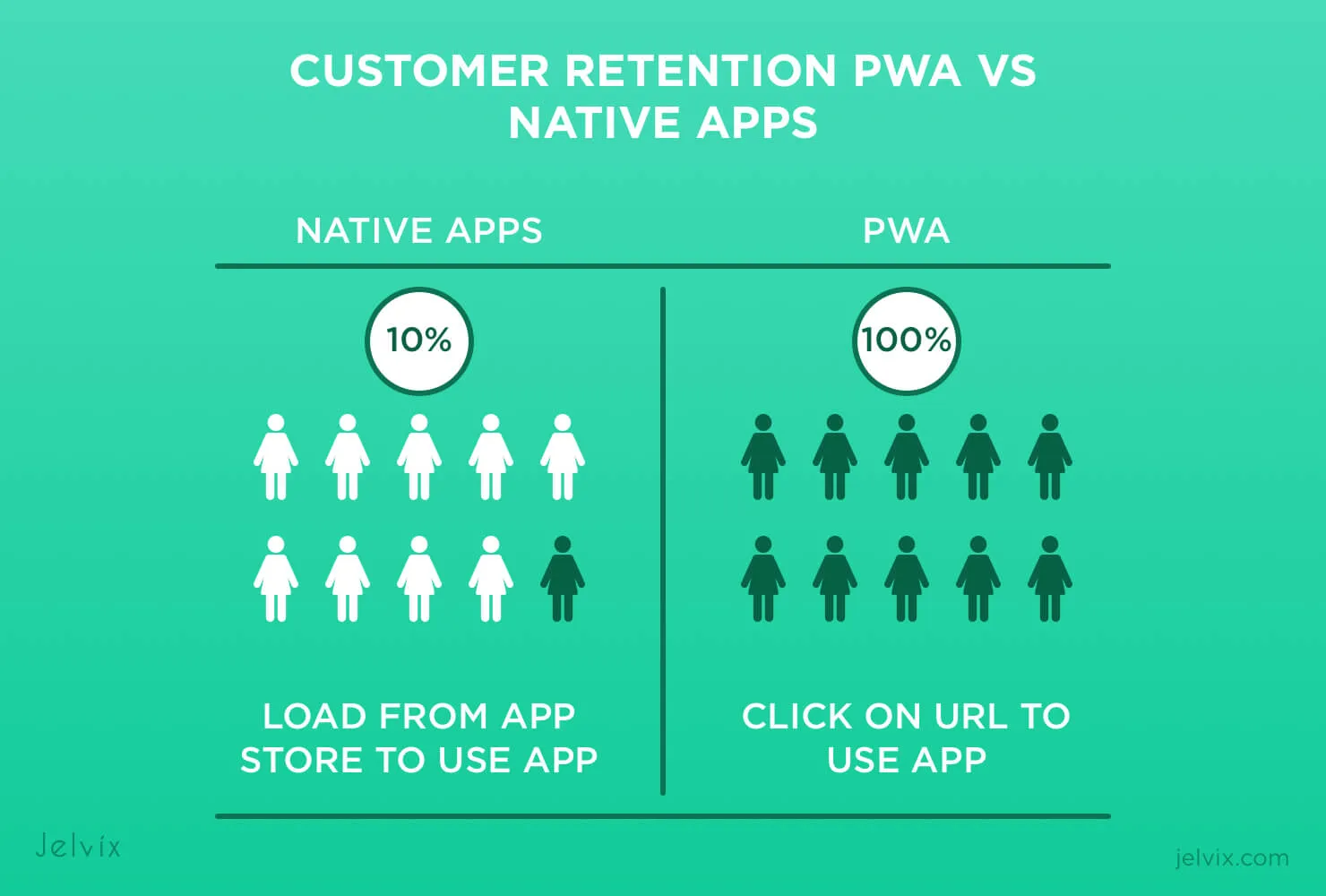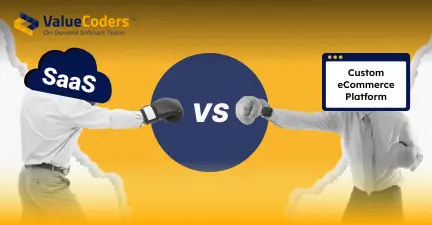The last decade has depicted a significant rise in mobile consumption, and the number of smartphone users in 2025 is estimated to surpass 3.8 billion worldwide. Owing to the increasing use of mobile phones for everyday tasks like shopping, food ordering, on-demand service procurement, businesses have to think of developing a mind-blowing mobile strategy to thrive.
While a plethora of native mobile apps is already available on app stores, progressive web apps are gaining traction significantly. Clearly, progressive web app development services are thriving as a major substitute for native mobile apps. As these apps don’t need to be downloaded or installed on mobile phones, users are more driven to try these apps.
Let’s take a glance at some PWA statistics describing elevated usage in popularity of PWA.
- The conversion rate of PWA is 36% higher than native apps.
- Consumer engagement is recorded 50% more on PWA apps.
- Businesses migrating to PWAs have witnessed a 10X decrease in page loading speed.
- PWAs cost 3-4 less in development than a native mobile app.
- The cost of maintaining PWA is 33% less.
Clearly, PWAs are subject to profit in 2025 and beyond. However, the question is how eCommerce is going to acquire benefits from the service of PWAs. Since its arrival in 2015, PWAs have been adopted by a number of eCommerce giants such as Alibaba and Walmart.
Increased conversion rates and revenue growth are the major benefits acquired by these organizations. That’s the reason both small and medium eCommerce businesses are looking to embrace PWA technology to provide customers with an app-like experience on the website and extend interaction.
Surely, you would be having several questions looming in your head, such as what are PWA? How can they benefit the eCommerce business? And so on. Let’s find answers.
Get free consultation and let us know your project idea to turn it into an amazing digital product.
What are PWAs?
There is no rocket science behind the progressive web app (PWA). Succinctly, PWAs are website applications at the core that work with the latest web capabilities to deliver a native app-like experience to users. The major perk of these applications is consistency between web and native applications.
Native applications are coveted for delivering a richer user experience than a web application. To mend the gap between native and web applications, the development of Progressive web apps arrived in the market. Overall, PWAs behave like native apps such as:
- Steady and Faster Processing
- Smart Home Screen
- Push Notification
- Even Offline Operations
All of these features are extended from native application architecture. Businesses can cater to native-like app experience with web applications by subscribing to PWAs. Moreover, the biggest advantage of creating a PWA is users don’t need to download and install the app.
PWAs are readily available on the web and run on browsers. Moreover, you don’t need to hire developers with some extra coding language experience, as progressive web apps develop via HTML, CSS, and JavaScript. Moreover, progressive web app developers can also leverage platforms like VuePress and Gatsby that can be connected to eCommerce platforms.
Sooner or later, PWAs may replace native apps, as a Jaxenter survey found that 46% of developers assert that PWAs are the future, while 14% think that native mobile apps will prevail. For some eCommerce businesses, native applications can be preferable. However, for small and medium-sized businesses, PWA can be a better choice than native app development.
As PWA technology is expanding and gaining more traction among businesses, it can be a tech for headless commerce configuration, which means decoupling frontend presentation from backend features. Having a PWA front end means simply subscribing to a faster, responsive app-like web experience.
So, do you have some second thoughts regarding what PWAs? Let’s know more about PWAs role in the eCommerce industry.
Also Read: Top 21 PHP Web App Development Companies
PWA Is A Lucky Stone In The ECommerce Business Landscape……
Nobody can deny that PWAs are incredibly significant in the eCommerce market presently. Actually, JavaScript and web technology infrastructure reduce the cost of PWA eCommerce application development. Besides, the native-like app experience inspires users to visit the application again and again.
As I mentioned above, the customer engagement and conversion rate is higher on PWAs than on the native app. This is all because of fast, secure, reliable, and browser-agnostic properties. Besides, these apps are created in a small fraction of the time and cost it takes to develop a native mobile application.
Furthermore, PWAs are revolutionary in the eCommerce industry. Here are few interesting facts that show how significant are PWAs in eCommerce
-
Pinterest recreated its website into a PWA that resulted in 40% surged user browsing time. Besides, the revenue surpassed the bar of 44% through user-generated ads and 60% from core engagement.
-
BookMyShow also adopted PWA that resulted in an 80% increase in conversion rate. Although PWAs are 54X smaller than the Android app and 180X smaller than the iOS application. Moreover, the loading time is comparatively less, just 2.94 seconds.
So, what do you think? Aren’t PWAs potential enough to shadow on native apps?
Also Read: Top 10 Web Application Ideas for a successful online business
How Can PWAs Empower Your ECommerce Business In 2025?
These days, most of the traffic in eCommerce websites comes mostly from mobile devices. Thus, it is crucial for merchants to offer the best shopping experience on mobile to engage with the audience. As mobile traffic is increasing over almost all major platforms, mobile traffic still makes up 16% of total conversion.
Per Google reports, as eCommerce stores are switching to progressive web apps, there is a 20% boost in overall revenue and 2X more conversion rate. Surely, you must be wondering why you should consider PWA eCommerce website development. Let’s know how PWA can boost your eCommerce business growth.
#1. Better Customer Acquisition
You already know that progressive web apps provide a highly engaging user experience by employing web capabilities as native apps. Progressive web apps can also be installed on the home screen so that users can easily access them.
The progressive web app can be downloaded with a simple web link and accepting a prompt. If we understand in a simple word, the website will transform into a web app, and a browser shortcut will be placed on the home screen.
It means when a user visits a website, the progressive app will get installed on the mobile, and further, no updates are needed. PWAs update in the background with the assurance that users will use the most recent content. This all turns out very effective and results in more customers on the platform.
Image source
Businesses are already reporting that people are installing PWAs and not giving much preference to native apps. Flipkart witnessed a 60% decline in its native app download as users switched to Flipkart PWA. For small and medium-sized businesses, creating PWA can be a strategy to acquire more customers on the website.
For user adoption, quick installs with PWAs can result in more engagement and success.
#2 Increased User Engagement With Push Notification
Push notification is a significant feature of the native application. But! Now it can be implemented in web apps labeling under PWAs. And! Push notifications are more intuitive in progressive web apps and enable businesses to reach their target audience innovatively and directly.
The feature creates a highly engaging customer experience, as small messages leave a huge impact and grab instant attention. Although eCommerce businesses are leveraging email marketing for years, push notifications seem to replace the practice as they offer bigger advantages over email marketing.
Push notification directly appears on a person’s phone and stands out uniquely. Besides, eCommerce businesses don’t need to employ a great effort to send notifications in place of preparing a complete strategy for email marketing.
In short, eCommerce businesses can promote their products and services in a more convenient way and share information about deals and discounts faster.
Get free consultation and let us know your project idea to turn it into an amazing digital product.
#3. Decrease cost of development and time
These days eCommerce businesses are adopting the omnichannel, multiplatform strategy and enthusiastically building, promoting, and maintaining their platform for systems including (responsive) website, Android, and iOS.
Before hiring web app developers, you need to know that building, optimizing, and maintaining a website or native mobile app is already a resource-intensive task and requires a full-fledged team of app and website developers. Moreover, these processes also require a great length of time to accomplish processes.
With Progressive apps, you don’t need to develop, maintain and market a platform except for the PWA website. This offers a special chance to serve all channels from one stage, which is constructed, kept up, and overhauled by one group. It decreases expenses and time-to-advertise radically while as yet serving a similar client experience and capacities to all clients and keeping the multi-channel technique.
#4. Instant and Excellent Performance
Progressive Web Apps are configuration-built for amazingly smooth and quick user encounters. You can exploit the speed, as it is a major advantage of the web apps and ‘native style’ customer side caching; it performs incredibly both on page loads. PWAs can stack(load) inside only 1 second, making a genuine instant experience, connecting with the users directly from the beginning.
Also, Progressive Web Apps are utilizing fundamentally less disk space – on the server and the users’ gadget – giving advantages, for example, quicker load times, less information utilization, and less required extra storage.
BookMyShow’s PWA takes under 3 seconds to load and expands change rates by more than 80%. The PWA is 54× more modest than an Android application and 180× more modest than an iOS application.
#5. Web optimization Compatibility
Since a PWA is online, everything is discoverable via web search tools. Any substance inside a PWA can be connected to, shared, and positioned by Google and Bing. This contrasts with native applications, which don’t permit creep via web search engine robots. By separating the obstructions among web and native, users can straightforwardly connect to the most modern items, on any gadget, whenever.
Very quick loading times, diminished bouncing rates, least information use, and profoundly captivating user experience are, as a matter of course, supporters for SEO rankings. With PWA offering benefits like this out-of-the-box, it’s coherent to reason that utilizing a PWA will naturally result in higher SEO rankings. Whenever done right, this is totally obvious. Google will rank very much planned PWA’s higher than some other ordinary site.
This offers a unique opportunity to serve all channels from one platform, which is built, maintained, and serviced by one team. It reduces costs and time-to-market drastically while still serving the same user experience and capabilities to all customers and keeping the multi-channel strategy.
Wrapping Up
Progressive web apps are incredibly useful for both small and medium-sized eCommerce businesses and can boost conversion and revenue generation rates. If you want to gain more ROI from your eCommerce business, you must connect with a progressive web app development company to create a mindblowing eCommerce solution.

